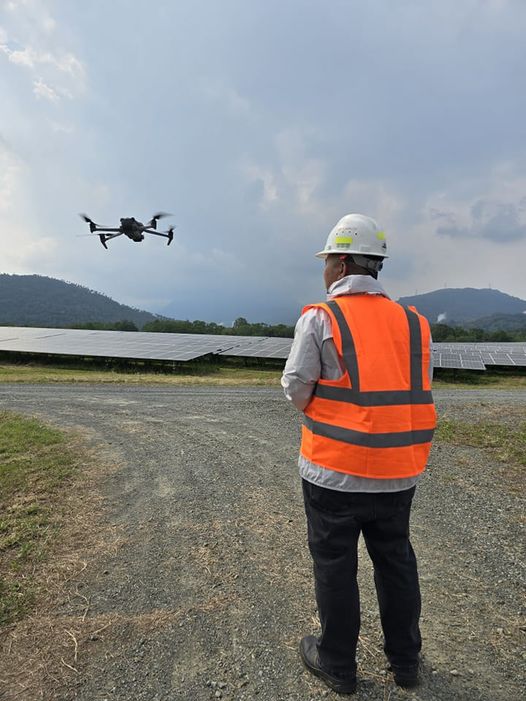
Benefits of Using DJI Enterprise Drones for Solar Farm Inspections
RGB and Thermal Images
Aerial images provide a broader perspective of solar farms and allow maintenance teams to receive valuable information in real-time, like the status of each panel. When analyzing thermal maps, it is easier to identify potential problems by detecting heat anomalies across cells, strings, or panels. Combining thermal and RGB data helps you determine if the heat anomalies are caused by faults found physically on the panel, such as delamination, cracks, dust, or internal issues such as the inability to connect to a panel due to an inverter or cable failure.
Time Efficiency
One of the main reasons for adopting drones for solar panel inspections is increased efficiency in saving time.
Historical Data
Keeping records of previous inspections is useful for figuring out the causes behind panel faults. In some cases, issues with solar cells do not justify the replacement of a panel, but it is essential to keep track of them to prevent major failures.
Output Efficiency
Early detection of faulty elements within a solar farm will help to prevent major output deficiencies. The faster a maintenance team can detect possible defects, the quicker they can respond and prevent major system failures. In the end, inspections and maintenance that are effectively conducted translate into protecting the interests of investors and ensuring that the demand for cleaner energy can be met with incredible efficiency.
If you operate within the solar power industry and are looking to implement drone-based solutions into routine inspections, please contact our team to learn more.
